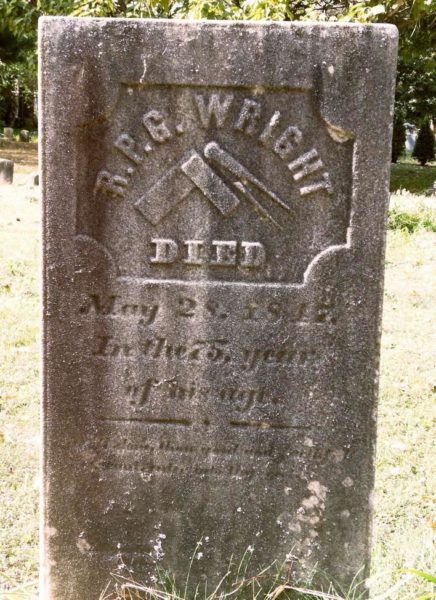The African-American Ancestral Burial Ground is the final resting place of abolitionists, Underground Railroad activists, advocates for African-American freedom, former slaves, war heroes, and people who were the fiber of Schenectady’s African-American community that began in the late 17th century. Beginning in 1863, the burial ground was moved from Veeder Avenue to Vale Cemetery.
A notable personality from early 19th century Schenectady was R.P.G. Wright, an advocate for the education of African-Americans. Wright worked to obtain the freedom of slaves. He was president of the anti-slavery conventions of 1840 and 1841 and keynote speaker. His son, Theodore Wright, who was also active at the conventions, was the nation’s first African-American graduate of Princeton University.

One of the most notable members of the African-American community at Vale is Moses Viney, a fugitive slave from Easton, Maryland who traveled the Underground Railroad from Maryland to New York in 1840. While living in Schenectady, Viney was befriended by Eliphalet Nott, President of Union College. The Fugitive Slave Act of 1850 put Viney’s life in danger and he fled to Canada. After Nott negotiated his freedom in 1855, Viney returned to Schenectady and Nott’s employment until his mentor’s death in 1866. A bequest in Nott’s will enabled Viney to establish a livery business and he became a respected businessman. He died in 1909 at age 92. A wreath at his headstone read “FREE.”
Corporal Jared Jackson, interred at Vale, served with Company N of the 20th Regiment of African-American troops in the Union Army during the Civil War. Jackson was a guard in Elmira prison for Confederate prisoners of war and served in South Carolina. He died in 1888.
Every year, the Vale community hosts a Juneteenth celebration at the African-American Burial Ground. Juneteenth is a celebration in honor of the day the last slaves were freed by the Emancipation Proclamation, June 19th, 1865. The program includes songs, dance, oratory, and a reenactment of Moses Viney’s escape from slavery.